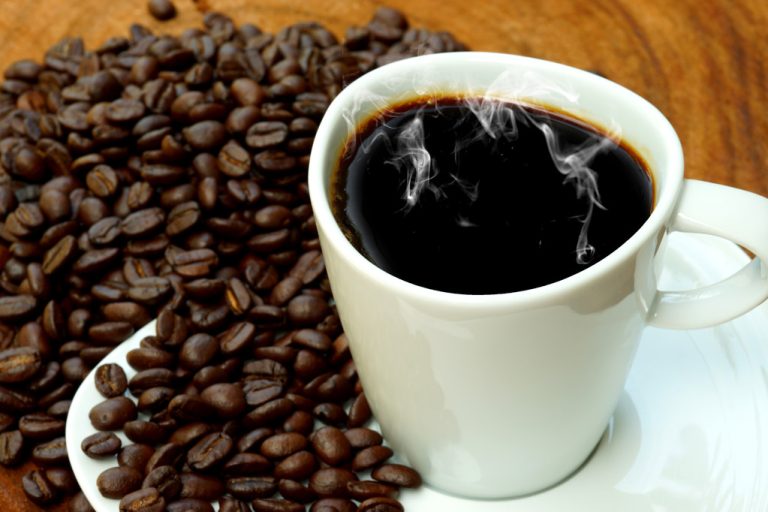Is your coffee too bitter or sour, too bland or does it taste strangely burnt? A lot can go wrong when preparing a coffee. We present some of the most common sources of error.

Incorrect brewing temperature
The optimal brewing temperature is 88 to 92 degrees Celsius. Only then can the coffee aromas develop optimally. If your coffee tastes too bitter, then the set brewing temperature is too high. If your coffee is sour, increase the temperature because the water is too cold.
Poor water quality
Whether your coffee tastes good or bad depends not least on the quality of the water used. Good mineral water is best because the lime content is usually lower than in tap water. Alternatively, you can decalcify the tap water with a water filter before use. It is also possible that the coffee tastes bland and cannot develop any aroma if the water used is too soft. This can be remedied by carefully adding a very small pinch of salt to the water.
Ready ground coffee
Of course it is much more convenient to buy coffee already ground, because that saves time. However, ground coffee loses its aroma after a quarter of an hour in the air. If it has to be ground coffee, then you should only buy it in small quantities and use it up in a short time. Most importantly, always keep your coffee in an airtight container. Contrary to popular belief, coffee does not have to be stored in the refrigerator. On the contrary, coffee in the refrigerator can even take on the unwanted aromas of the food next to it.
old coffee
After three to six months, coffee beans have lost most of their aroma. So only buy as much fresh coffee as you need in a short time and not in stock.
Coffee from the discounter
Very cheap coffee is mostly made using the quick roasting process. Because the coffee beans are roasted here in huge drums within a few minutes at very high temperatures, the beans are brown on the outside, but still almost raw on the inside. However, in order for the coffee to develop its full aroma, the beans must be roasted slowly and completely at low temperatures. Of course, this process is much more complex and partly explains the higher price. But you will be rewarded with a coffee that doesn’t taste burnt or make your stomach acidic.
Wrong coffee blend
If you want a stable crema on your coffee, then a pure Arabica coffee is not ideal.
Too much or too little ground coffee
If coffee tastes bitter, then too much coffee powder was usually used. Eight to nine grams of ground coffee is the right amount for a cup of coffee. If you want to prepare several cups at the same time, use a little less per cup. It is best to use a coffee measurer, which is usually calibrated for seven grams, and overfill it slightly – this will give you the optimum amount of coffee powder. The notorious “Bodensee coffee” without any noteworthy aroma is obtained if too little coffee powder is used.
Wrong degree of grinding
An incorrect degree of grinding means that the coffee powder comes into contact with the water for either too long or too little. If the contact time is too long, your coffee will taste bitter. If the contact time is too short, the coffee will tend to be too acidic. With bitter coffee, you should therefore set the degree of grinding a little coarser so that the water can run through the coffee powder more quickly. Finer coffee powder, on the other hand, increases the contact time with the water.

